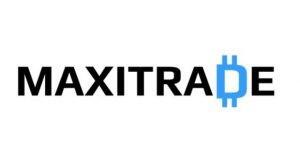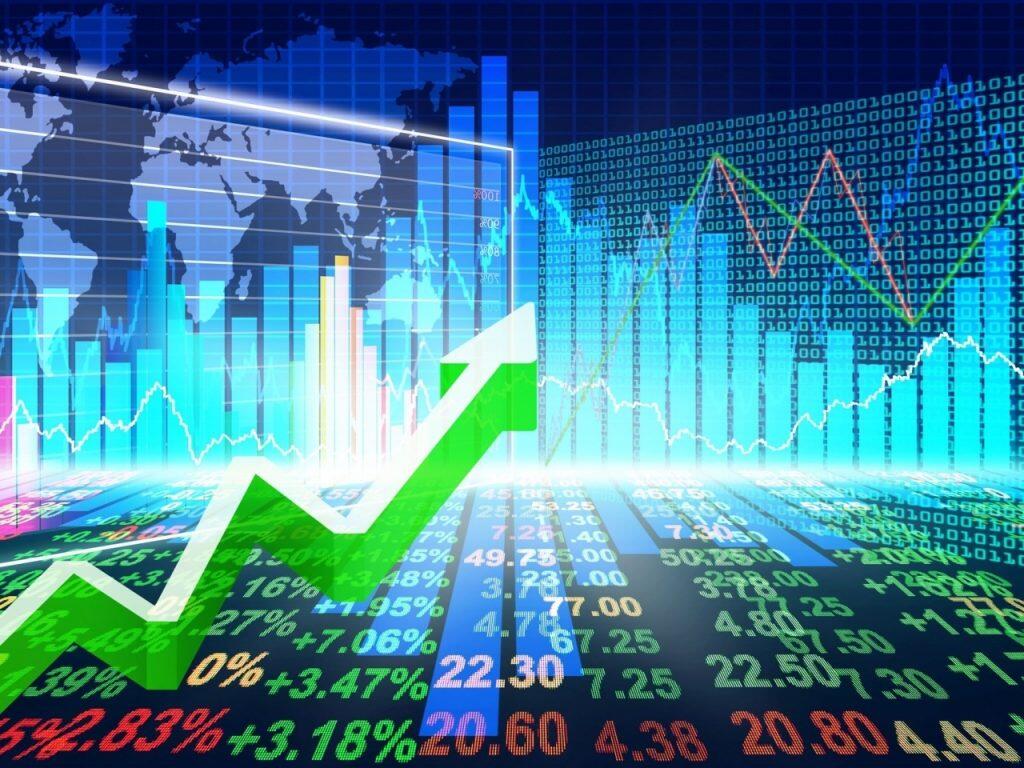Contents:


The higher bit depth increases the throughput of data to be processed by the algorithms. The OpenCV algorithms are implemented in C++, but those algorithms can also be called from Python and Java. The python and java modules are used to automatically create wrapper functions for Python and Java from the C++ implementation.
The guide suggests creating a new module in the modules folder, whenever it seems appropriate. This has led to a large number of modules in the library, that are placed in parallel in a single folder. The total number of source code lines in the modules folder was 451,756 at the time of writing, and 1,452,059 in the whole project.

The functions prototypes in the Python API can differ from the C++ version, but the OpenCV official documentation presents both versions for reference. It also currently supports the popular deep learning frameworks TensorFlow, PyTorch and Caffe. The collection presented in this article is focused on the OpenCV’s Python API usage. A huge open-source library for computer vision, machine learning, and image processing, OpenCV plays a major role in real-time operations today.
Not the answer you’re looking for? Browse other questions tagged pythonfunctionopencv or ask your own question.
According to our investigation, it is necessary to use TF1 instead of TF2 because of issues in the model converting step. Some TensorFlow 2.x models can’t be successfully converted into OpenVino format . Get started with this simple example that uses a Simulink model to convert video input in RGB to grayscale using an OpenCV function in the subsystem subsystem_slwrap_toGrayScale. A Hands-on Tutorial for Transfer Learning in Python Fitting complex neural network models is a computationally heavy process, which requires access to… # OpenCV library uses different format for storing channel information; BGR order convention instead of RGB order.

If you include the original images used to generate face mask samples as non-face mask samples, your model will become heavily biased and fail to generalize well. Avoid that at all costs by taking the time to gather new examples of faces without masks. As programmers, developers, and computer vision/deep learning practitioners, we can all take a page from Prajna’s book — let your skills become your distraction and your haven.
MathWorks is the leading developer of mathematical computing software for engineers and scientists. For documentation on calling MATLAB from C++ applications, see Calling MATLAB from C and C++ applications. Get started with the Computer Vision Toolbox OpenCV Interface in Simulink documentation, which helps you download the support package, explore and use the OpenCV Importer tool, and explore examples.
Computer Vision with MATLAB
The value 0 here is for accessing the camera connected to your computer. When the code runs, the functioncv2.imshow is used to display the current image on the screen. The first is the name of the visual we are going to show, and the second is the object it is registered in. OpenCV supports a wide variety of programming languages such as C++, Python, Java, etc., and is available on different platforms including Windows, Linux, OS X, Android, and iOS. Interfaces for high-speed GPU operations based on CUDA and OpenCL are also under active development. The main purpose of Computer Vision is to understand images and interpret them for our purposes.
Software architecture sometimes has to be changed with the introduction of new features. This can be seen from OpenCV, which has seen a number of folder restructurings, module refactorings as well as minor refinements. This has ensured the longevity of the library, since it would be almost impossible by now to maintain it if these steps would have been skipped. This means, that the integrators compile different release versions from the same source code and upload the new versions to their distribution web-page . The process itself is not described in the documentation of OpenCV.
- Video I/O – an easy-to-use interface to video capturing and video codecs.
- OpenCV is an open source computer vision and machine learning software library.
- The hardware and OSs were chosen to represent a realistic case which shows how OpenCV can be used as a part of a system.
- As humans, we can easily perceive moving objects on any street with our eyes.
OpenCV is a perfect tool for computer vision, but system development without thinking of its broadest audience is still a huge problem among entrepreneurs. Also, there are times that both parties — clients and developers — have a dilemma on what kind of success they want to achieve. Thus, both parties must have an overview of OpenCV in dealing with computer vision.
OpenCV Contours
The pipeline will detect cars, find and recognize text on license plates, and calculate the distance from the camera to cars. In humans, these reactions are products of cognitive functions including visual perception. These functions allow humans to observe surroundings and to understand and decode visual perception into contextual information. We’ve made an effort to map the architecture of OpenCV to the ideas presented in . This has proved to be a nontrivial task as it is hard to identify an architectural structure in the library.
It may be a preferred method for image decimation, as it gives moire’-free results. But when the image is zoomed, it is similar to the INTER_NEAREST method. So there are basically two ways to access a pixel value in an Image and modify them. First let us see how we can access a particular pixel value of an image. Anaconda is a conditional free and open-source distribution of the Python and R programming languages for scientific computing, that aims to simplify package management and deployment. Python is a user friendly language and easy to work with but this advantage comes with a cost of speed, as Python is slower to languages such as C or C++.
VPI Computer Vision and Image Processing Use Cases for Software Developers
This module contains most of the common design models, which reduce duplication. Although there is no apparent structure between the modules, it can be easily observed that the common modules that other modules depend on are core, python and java. Stakeholders are the individuals, teams or organisations that have an interest in the realization of a software system . We have found 5 types of stakeholders applicable to OpenCV out of the 11 types presented in the book by Rozanski and Woods . Most of the stakeholders are not applicable to OpenCV, since the book considers the design of a corporate web application, but OpenCV is an open source platform-specific library.

This module includes algorithms regarding basic multiple-view geometry algorithms, single and stereo camera calibration, object pose estimation, stereo correspondence and elements of 3D reconstruction. In the Java library of OpenCV, this module is included as a package with the name org.opencv.calib3d. This module covers the basic data structures such as Scalar, Point, Range, etc., that are used to build OpenCV applications. In addition to these, it also includes the multidimensional array Mat, which is used to store the images. In the Java library of OpenCV, this module is included as a package with the name org.opencv.core. OpenCV is an open source computer vision and machine learning software library.
Any edges with intensity gradient more than maxVal are sure to be edges.also those edges with intensity gradient less than minVal are sure to be non-edges and are discarded. The edges which lie between these two thresholds are classified edges or non-edges based on their connectivity with the ‘sure edges’. If they are connected to “sure-edge” pixels, they are considered to be part of edges.
The imports for our https://forexhero.info/ script may look intimidating to you either because there are so many or you are new to deep learning. If you are new, I would recommend reading both my Keras tutorial and fine-tuning tutorial before moving forward. Our goal is to train a custom deep learning model to detect whether a person is or is not wearing a mask. In this article we talked about computer vision – the field of artificial intelligence that enables computers to derive meaningful information from images. We also discussed the history and capabilities of OpenCV – a free, cross-platform library for solving a wide range of computer vision problems.
- We will use the existing model for plate recognition from the model zoo.
- Now that we’ve reviewed our face mask dataset, let’s learn how we can use Keras and TensorFlow to train a classifier to automatically detect whether a person is wearing a mask or not.
- The OpenCV Importer app enables you to import an OpenCV function that performs the RGB to grayscale conversion and create a Simulink library containing the equivalent block for the function.
- The most widely used language in the OpenCV modules themselves is C++, as can be seen from Figure 3, which depicts the languages used in the OpenCV modules.
- At this current stage, we successfully implemented the whole pipeline.
Please checksamples– for the preferred style (small code size, cross-platform). There isno needto provide any project files or makefiles, if it is a short single-file sample, we could build it and run in a minute. Our face mask detector is accurate, and since we used the MobileNetV2 architecture, it’s also computationally efficient, making it easier to deploy the model to embedded systems (Raspberry Pi, Google Coral, Nvidia, etc.).
This module includes the detection of objects and instances of the predefined classes such as faces, eyes, mugs, people, cars, etc. In the Java library of OpenCV, this module is included as a package with the name org.opencv.objdetect. Make sure you have used the “Downloads” section of this tutorial to download the source code, example images, and pre-trained face mask detector. Now that we’ve reviewed our face mask dataset, let’s learn how we can use Keras and TensorFlow to train a classifier to automatically detect whether a person is wearing a mask or not. In this section, we will review the process of model creation and conversion, pipeline creation, and depth image processing in a car license plates recognition example.
Apart from the core, python and java modules, there is only one additional module, which sees widespread usage amongst other modules, that is imgproc. Other modules create a complex network of a few dependencies per module, that are hard to categorise into largely used common models. The source code for the OpenCV library is located in the modules folder in the repository structure . The OpenCV library is huge, containing support for more than 2500 algorithms. The library has evolved for more than 15 years and has seen a tremendous growth in size during this period. Computer vision, often abbreviated as CV, is an interdisciplinary scientific field that is concerned with the development of techniques to help computers analyze and understand the content of a single image or a video.
While our artificial dataset worked well in this case, there’s no substitute for the real thing. Inside the loop, we filter out weak detections (Lines 34-38) and extract bounding boxes while ensuring bounding box coordinates do not fall outside the bounds of the image (Lines 41-47). Inside, we construct a blob, detect faces, and initialize lists, two of which the function is set to return. These lists include our faces (i.e., ROIs), locs , and preds (the list of mask/no mask predictions). The algorithm for this script is the same, but it is pieced together in such a way to allow for processing every frame of your webcam stream.
Computer Vision for the Masses: Bringing Computer Vision to the … – EE Times
Computer Vision for the Masses: Bringing Computer Vision to the ….
Posted: Thu, 31 May 2018 07:00:00 GMT [source]
All these issues will be addressed intelligently by our pool of project managers, engineers, and software developers. You don’t have to worry about the tedious process of hiring developers on your own anymore. It deals with computers and other electronic equipment to gain information through digital images or videos. It can also analyze complex images, execute comparisons, and establish the differences. If we talk about the basic definition of image processing then “Image processing is the analysis and manipulation of a digitized image, especially in order to improve its quality”. Image processing is a method to perform some operations on an image, in order to get an enhanced image and or to extract some useful information from it.
OpenCV is a widely used computer vision and machine learning library mainly aimed at real-time applications. It was originally developed by Intel employees in a research center in Russia, but the project was taken over by a non-profit foundation in 2012. We may require to draw certain shapes on an image such as circle, rectangle, ellipse, polylines, convex, etc. and we can easily do this using OpenCV. It is often used when we want to highlight any object in the input image for example in case of face detection, we might want to highlight the face with a rectangle. Here we will learn about the drawing functions such as circle, rectangle, lines, polylines and also see how to write text on an image. Finding the passion and vision for image processing and computer vision applications allow entrepreneurs to empower their clients.
Improvement of automated analysis of coronary Doppler … – Nature.com
Improvement of automated analysis of coronary Doppler ….
Posted: Fri, 06 May 2022 07:00:00 GMT [source]
Here the question arises how computer convert opencv introductions into numbers. So the answer is that the pixel value is used to convert images into numbers. A pixel is the smallest unit of a digital image or graphics that can be displayed and represented on a digital display device. The purpose of computer vision is to understand the content of the images. It extracts the description from the pictures, which may be an object, a text description, and three-dimension model, and so on. For example, cars can be facilitated with computer vision, which will be able to identify and different objects around the road, such as traffic lights, pedestrians, traffic signs, and so on, and acts accordingly.
The contrast measurement of intensity is black treated as the weakest intensity, and white as the strongest intensity. When we use the grayscale image, the computer assigns each pixel value based on its level of darkness. The picture intensity at the particular location is represented by the numbers. In the above image, we have shown the pixel values for a grayscale image consist of only one value, the intensity of the black color at that location. Machines are facilitated with seeing everything, convert the vision into numbers and store in the memory.
Dst − An object of the class Mat representing the destination image. BorderType border mode used to extrapolate pixels outside of the image, see the BorderTypes available here. A larger value of the parameter means that farther colors within the pixel neighborhood will be mixed together, resulting in larger areas of semi-equal color. We define a parameter blobColor to filter the blobs of colours we are interested in.
There is no apparent structure amongst the modules, which could be detected from analysing the structure of the files. Nevertheless, there is an enormous amount of dependencies between the modules, which can be detected from the CMakeLists.txt files in each module. These modules together with their dependencies are presented in Figure 2. Spread knowledge of computer vision by providing a common library, that would make it easier to develop new applications. OpenCV has been licensed so that enterprises can use it in their products without providing the source code of their applications.